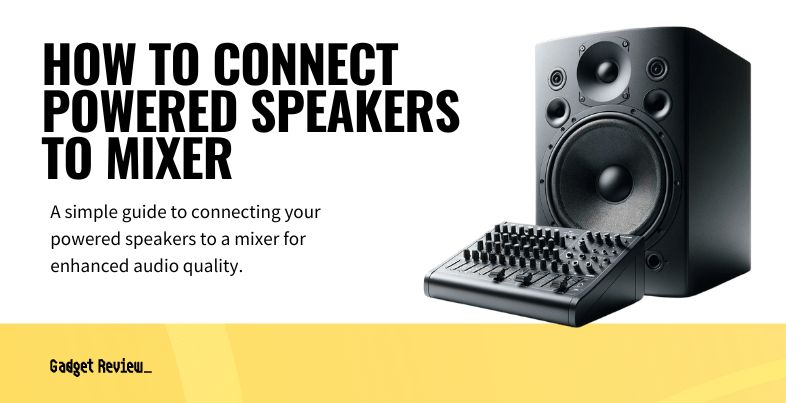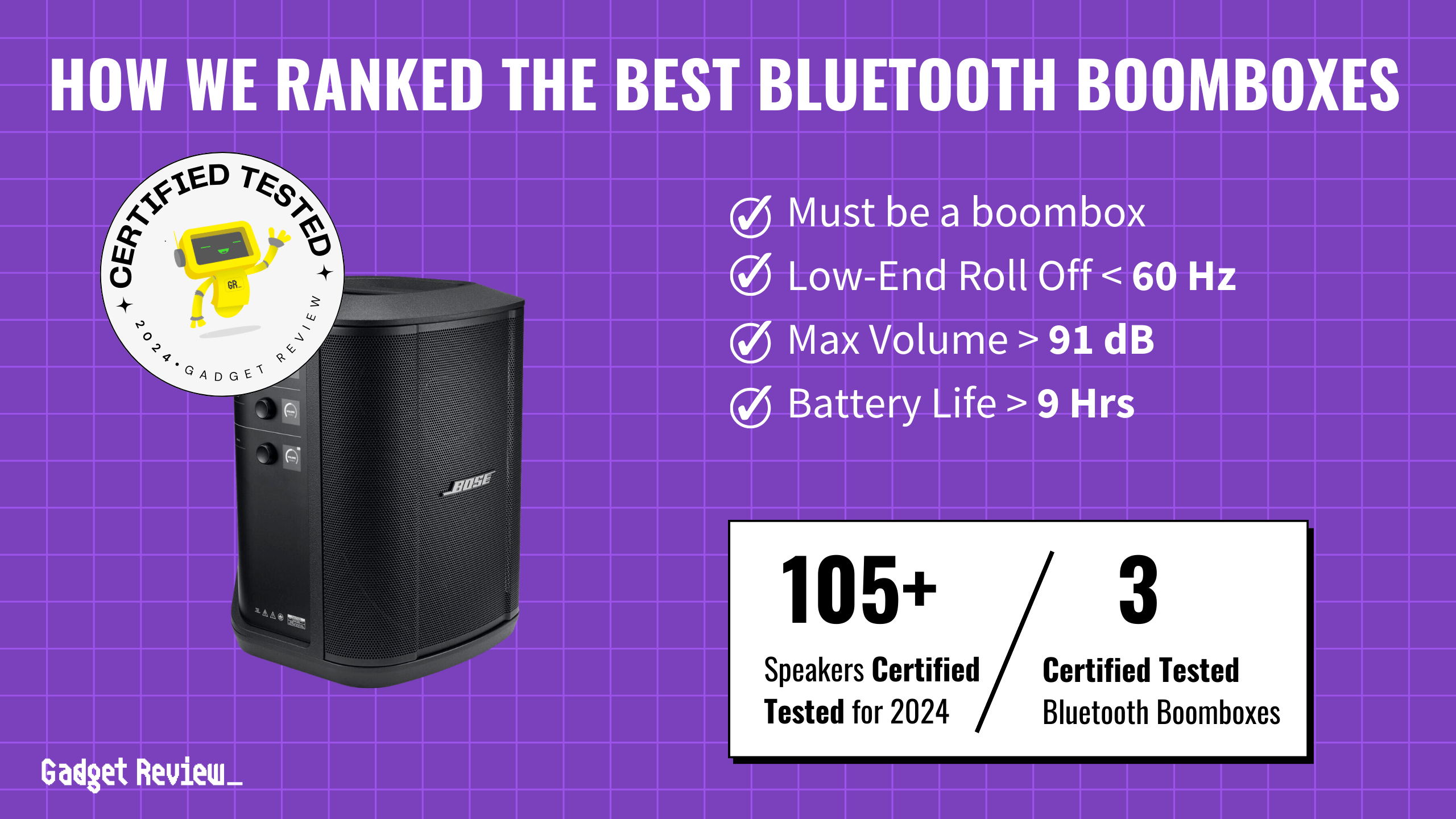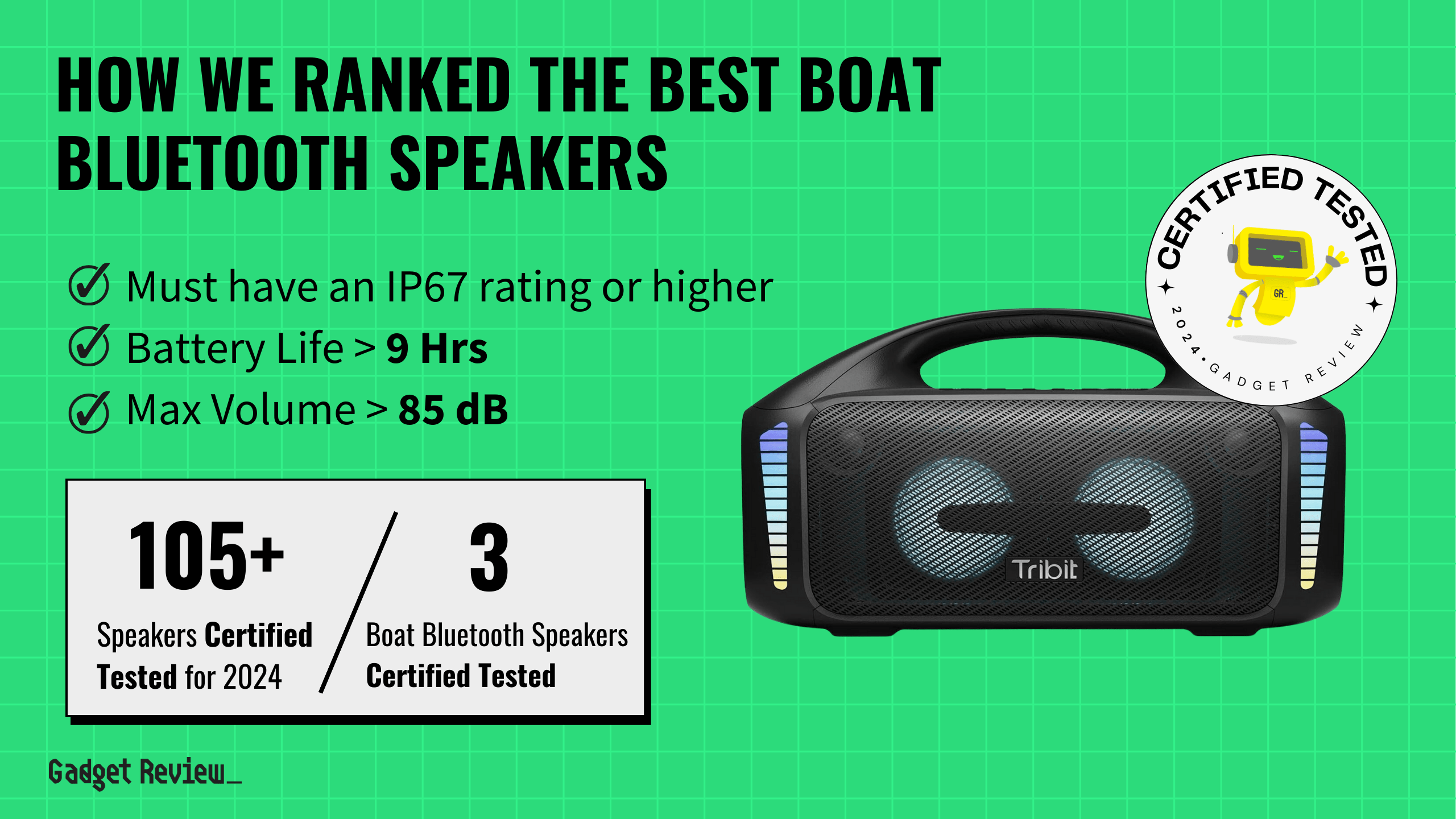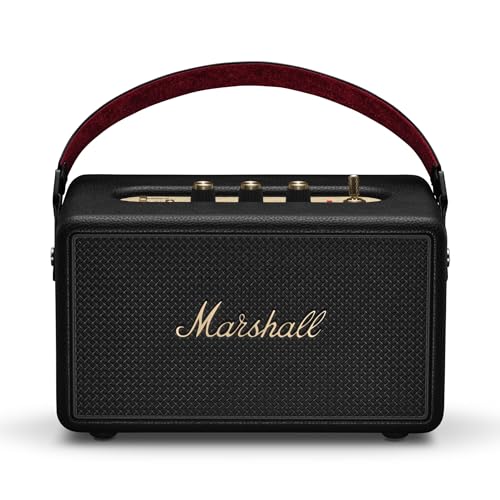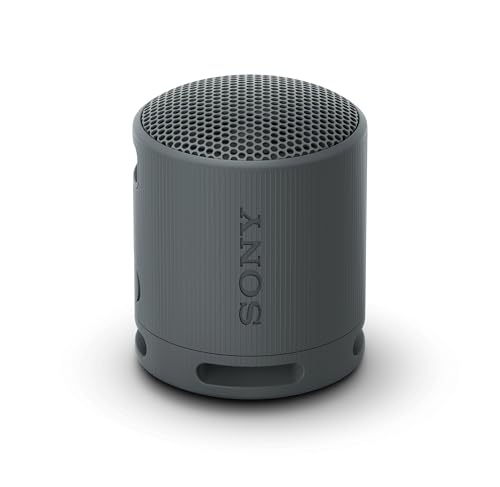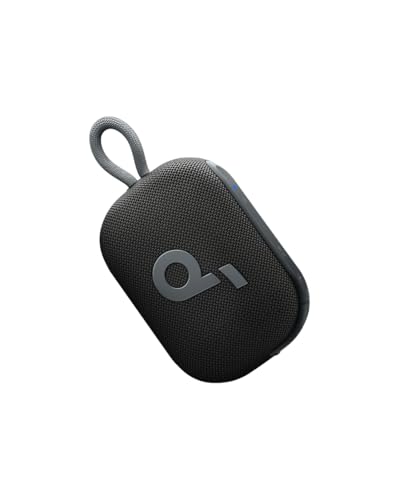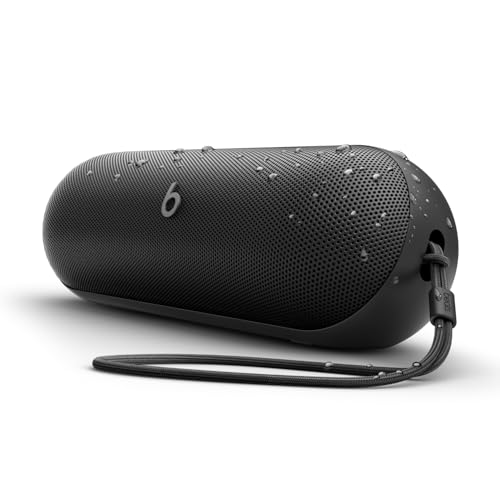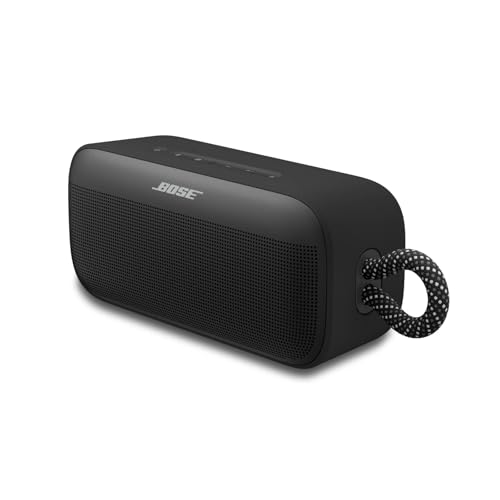Setting up your audio system can be confusing, so you’re not alone if you’re wondering how to connect powered speakers to a mixer. If you’re going to get the best speakers for your needs, you will need to know how to set them up properly. There are a few simple guidelines and steps to follow that should be simple and easy for everyone to follow.
Key Takeaways_
- Balanced lines provide cleaner sound with less interference and noise from outside sources and are the best choice for connecting over longer distances.
- Unbalanced lines can come in both XLR and TRS formats but don’t shield against interference and should only be used for short cabling if possible.
- Powered speakers use less power than passive models, though their smaller drivers can have slightly lower sound quality.
While you’re at it, you might want to look at how to connect speakers to a receiver. You might also want to check out info on how to connect Bluetooth speakers to a TV.
Connecting Powered Speakers To A Mixer
While the exact method and steps involved will vary depending on your speakers and your mixer, there is a basic approach to hooking up powered speakers that applies to almost all scenarios. Most setups won’t take you more than a few minutes at most.
Remember to set them up so the speakers will be easy to clean when needed and accessible if you ever need to reconnect your speakers.
Determine Out Your Mixer’s Connection Type
Nearly all mixers will feature multiple input and output connection types, so figuring out the right one to hook your powered speakers up to is essential. There are two different general types that can include a number of different connection shapes.
insider tip
Add volume from the mixer while keeping the speakers at between 50-75% volume setting for the best possible sound at high volumes.
Balanced Lines
Balanced lines are designed to reject “induced noise,” which can occur when cables are connecting mixers from a good distance. Most mid and high-end audio gear uses this connection type. Balanced lines can either be TRS (“1/4) or XLR connections.
Unbalanced Lines
Unbalanced Lines are more common in budget and lower-tier audio gear. They’re louder than balanced lines and have a higher noise floor, and are highly susceptible to picking up noise and interference from other sources. It’s advisable if you have the option only to use this for short connections to limit interference.
Speaker and Mixer Position
Make sure your speakers directly face the audience. If you’re using any microphones, ensure they’re placed behind the speakers to avoid feedback and further noise interference. Lastly, always place the mixer behind the speakers and never let the speakers and mixers touch.
Check Equipment
Make sure the mixer and speakers are functioning properly before connecting them. With the power off, turn down all the buttons and knobs on the mixer and power it back on, checking each progressively. Do the same with the speakers.
Lay Out Your Cables
Remember to make your connections as short as possible, especially if you’re using unbalanced connections and cables, to limit the amount of potential noise and interference in your signal. Also, remember to coil excess cables at the base of speaker stands so they don’t present a tripping hazard.
Connect Audio Source Devices
This could be anything from a mobile device or laptop to a CD player or gaming console. Do this before plugging in and testing speakers to avoid spikes in sound at the moment of connection. Test each component by connecting them to the “line in” on your mixer and checking meters to make sure they’re transmitting audio.
warning
Never power on your speakers or mixer unless volume and gain controls are set to minimal levels.
Connect Your Speakers
Turn off your mixer, then connect your speakers to the XLR/TRS speaker outputs, making sure to match the ohmage of both if there are multiple choices. Make sure your speakers have their volume all the way down and set the mixer’s channel gain, faders, and master volume to the lowest levels possible.
Play audio and adjust EQ levels and volume levels slowly until you reach max comfortable volume.
STAT: Keeping your powered speakers at 50% volume whenever possible will ensure the best sound with the lowest distortion. (source)
When you’re done, turn the mixer off first and place all faders and gain knobs to minimum volume, then do the same with your speakers.


